-
 Bitcoin
Bitcoin $116500
0.84% -
 Ethereum
Ethereum $3829
4.17% -
 XRP
XRP $3.048
1.61% -
 Tether USDt
Tether USDt $1.000
0.02% -
 BNB
BNB $775.2
0.54% -
 Solana
Solana $169.3
0.44% -
 USDC
USDC $0.0000
0.02% -
 TRON
TRON $0.3412
1.98% -
 Dogecoin
Dogecoin $0.2130
3.62% -
 Cardano
Cardano $0.7539
1.53% -
 Hyperliquid
Hyperliquid $39.16
0.66% -
 Sui
Sui $3.673
5.28% -
 Stellar
Stellar $0.4074
1.72% -
 Chainlink
Chainlink $17.95
7.06% -
 Bitcoin Cash
Bitcoin Cash $576.8
1.16% -
 Hedera
Hedera $0.2506
0.97% -
 Ethena USDe
Ethena USDe $1.001
0.00% -
 Avalanche
Avalanche $22.52
1.46% -
 Litecoin
Litecoin $121.4
2.31% -
 UNUS SED LEO
UNUS SED LEO $8.957
-0.39% -
 Toncoin
Toncoin $3.305
3.22% -
 Shiba Inu
Shiba Inu $0.00001252
1.30% -
 Uniswap
Uniswap $10.06
3.69% -
 Polkadot
Polkadot $3.736
1.76% -
 Dai
Dai $1.000
-0.01% -
 Bitget Token
Bitget Token $4.418
1.82% -
 Monero
Monero $261.2
-7.81% -
 Cronos
Cronos $0.1477
2.56% -
 Pepe
Pepe $0.00001076
2.29% -
 Aave
Aave $273.3
4.22%
How much is the Bitget contract fee
Understanding Bitget's tiered maker and taker fee structure and additional fees is essential for optimizing trading returns and avoiding unexpected expenses.
Nov 12, 2024 at 02:34 am
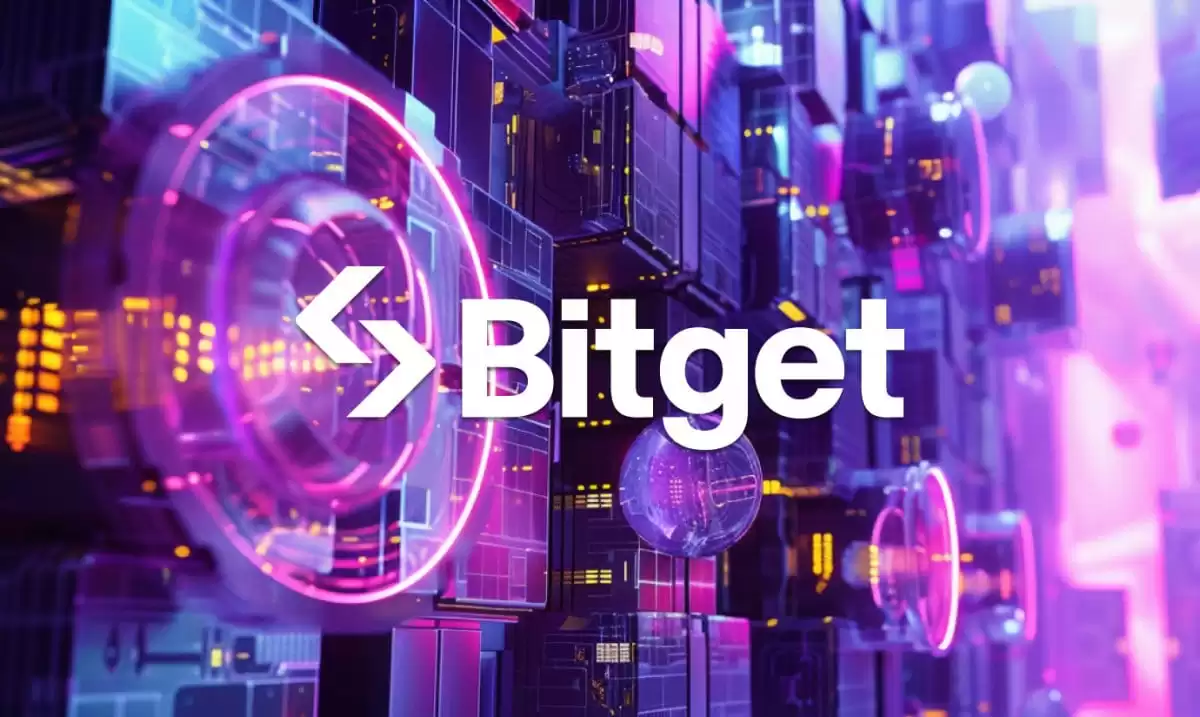
Understanding Bitget Contract Fees: A Comprehensive Guide
Introduction
Bitget, a leading cryptocurrency derivatives exchange, offers a robust trading platform with competitive fees. Understanding these fees is crucial for traders to optimize their returns and avoid surprises when executing trades. This comprehensive guide delves into the various contract fees charged by Bitget and provides detailed explanations to assist traders in making informed decisions.
Tiered Maker and Taker Fee Structure
Bitget employs a tiered maker and taker fee structure based on trading volume. Makers, who add liquidity to the order book by placing limit orders, receive lower fees than takers, who remove liquidity by executing market orders. Fee tiers are as follows:
- Tier 1: 0.02% for both makers and takers
- Tier 2: 0.015% for makers, 0.025% for takers
- Tier 3: 0.01% for makers, 0.02% for takers
- Tier 4: 0.005% for makers, 0.015% for takers
The trading volume requirement for each tier varies depending on the market and trading pair. Traders can view their current fee tier in the "Fee Rates" section of their trading account.
Additional Fees
In addition to maker and taker fees, Bitget charges several other fees:
- Funding Fee: A periodic fee charged to maintain a leveraged position overnight. The funding rate is positive or negative and varies depending on market conditions.
- Close Fee: A small fee charged when closing a trade manually or using a stop loss or take profit order. The close fee is typically a fraction of the maker or taker fee.
- Withdrawal Fee: A fee charged when withdrawing funds from the Bitget platform to an external wallet. The withdrawal fee varies depending on the withdrawal method and cryptocurrency being withdrawn.
- Deposit Fee: While Bitget generally does not charge a fee for deposits, certain deposit methods, such as credit card deposits, may incur a small fee from the payment provider.
How to Calculate Contract Fees
The actual contract fee charged by Bitget depends on several factors, including the trading volume, fee tier, and type of trade. Here's how to calculate the contract fee:
- Maker Fee: Fee Tier Percentage (Contract Value Leverage)
- Taker Fee: Fee Tier Percentage (Contract Value Leverage)
- Funding Fee: Funding Rate Percentage (Contract Value Leverage * Time Held)
- Close Fee: Close Fee Percentage (Contract Value Leverage)
- Withdrawal Fee: Fixed Fee Per Withdrawal
Example Calculation
Consider a trader who executes a long contract on BTCUSDT with a contract value of $10,000 and leverage of 10. The trader is in Tier 2 and has a funding rate of 0.01% per 8 hours.
- Maker Fee: 0.015% * ($10,000 * 10) = $1.5
- Funding Fee: 0.01% * ($10,000 * 10 * 8) = $0.8
- Close Fee: 0.001% * ($10,000 * 10) = $1
In this example, the trader would pay a total of $2.5 in contract fees, including the maker fee, funding fee, and close fee.
Minimizing Contract Fees
Traders can minimize contract fees by adhering to the following strategies:
- Increasing Trading Volume: Higher trading volume qualifies traders for lower fee tiers.
- Using Limit Orders: Placing limit orders as a maker instead of executing market orders as a taker can significantly reduce fees.
- Managing Leveraged Positions: Monitoring funding rates and adjusting positions accordingly can minimize funding fee expenses.
- Optimizing Order Execution: Using advanced order types, such as OCO or Stop Market orders, can help traders avoid unnecessary trading fees.
- Utilizing Promotions and Discounts: Bitget occasionally runs promotions and offers discounts on contract fees for eligible traders.
Disclaimer:info@kdj.com
The information provided is not trading advice. kdj.com does not assume any responsibility for any investments made based on the information provided in this article. Cryptocurrencies are highly volatile and it is highly recommended that you invest with caution after thorough research!
If you believe that the content used on this website infringes your copyright, please contact us immediately (info@kdj.com) and we will delete it promptly.
- Crypto Phishing Alert: $3 Million USDT Loss Highlights DeFi Risks
- 2025-08-08 01:10:12
- Crypto Presale Mania: Is Punisher Coin the High ROI King?
- 2025-08-08 01:10:12
- Online Betting, Platforms & Crypto Access: What's Hot in 2025
- 2025-08-08 00:50:12
- Bitcoin Mining, Natural Gas & Union Jack Oil: A New Dawn for Onshore UK Energy?
- 2025-08-08 00:55:12
- Bitcoin's Wild Ride: Bollinger Bands, $117K, and What's Next?
- 2025-08-08 00:30:12
- Ripple, Rail, and Stablecoin Payments: A $200M Power Play
- 2025-08-07 22:50:12
Related knowledge
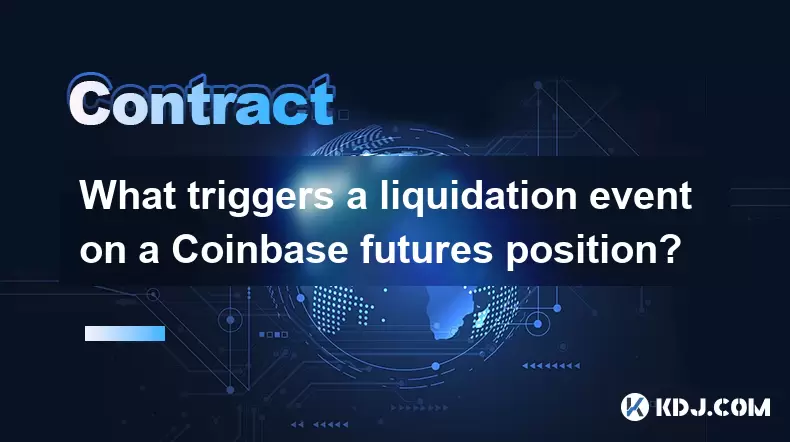
What triggers a liquidation event on a Coinbase futures position?
Aug 08,2025 at 01:15am
Understanding Futures Contracts on CoinbaseFutures contracts on Coinbase allow traders to speculate on the future price of a cryptocurrency, such as B...
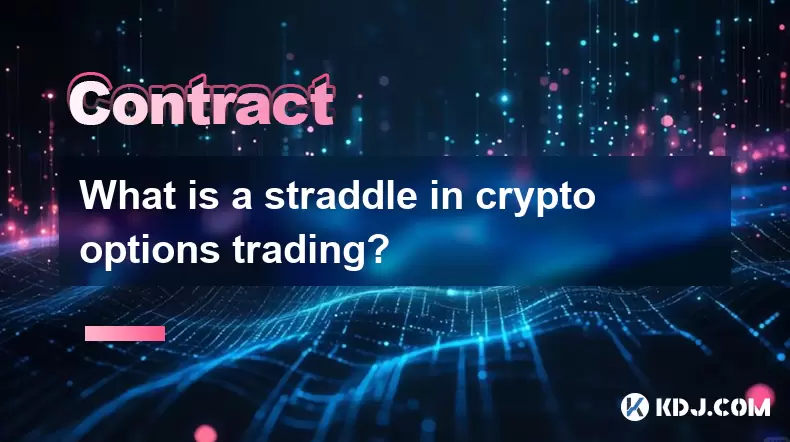
What is a straddle in crypto options trading?
Aug 07,2025 at 11:15pm
Understanding the Basics of a Straddle in Crypto OptionsA straddle is an options trading strategy used when a trader expects significant price movemen...
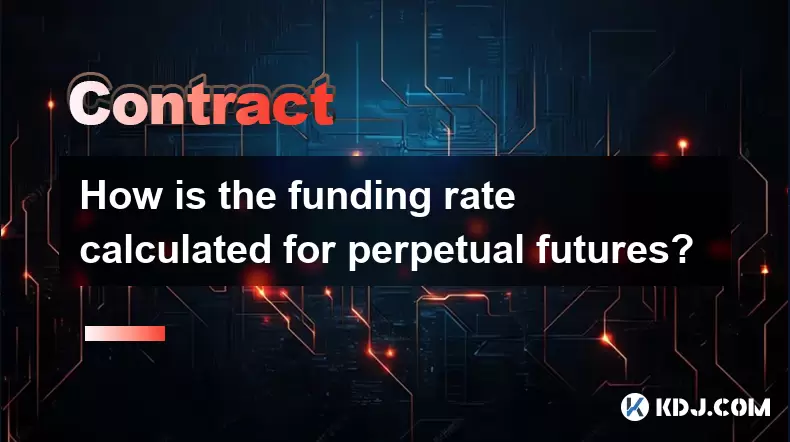
How is the funding rate calculated for perpetual futures?
Aug 07,2025 at 11:36pm
Understanding the Basics of Perpetual FuturesPerpetual futures are a type of derivative contract that does not have an expiration date, allowing trade...
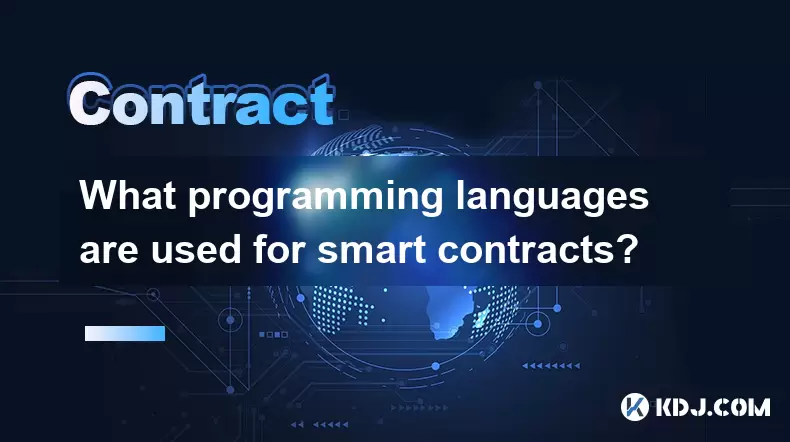
What programming languages are used for smart contracts?
Aug 07,2025 at 06:07pm
Understanding Smart Contracts and Their Execution EnvironmentSmart contracts are self-executing programs deployed on blockchain networks that automati...
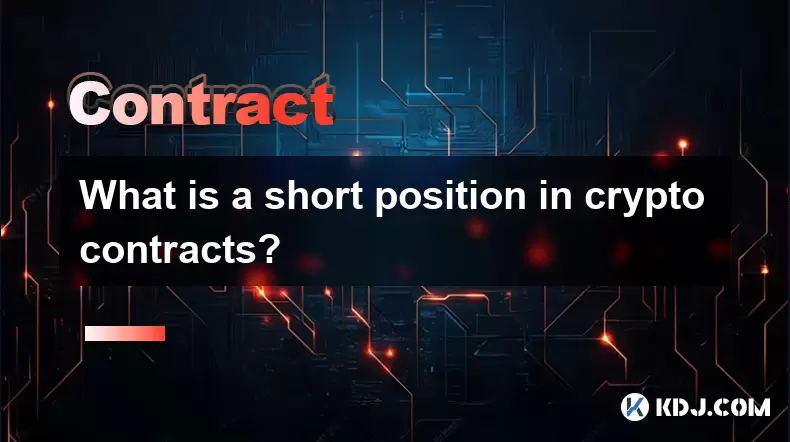
What is a short position in crypto contracts?
Aug 07,2025 at 11:42pm
Understanding the Concept of a Short Position in Crypto ContractsA short position in crypto contracts refers to a trading strategy where a trader prof...
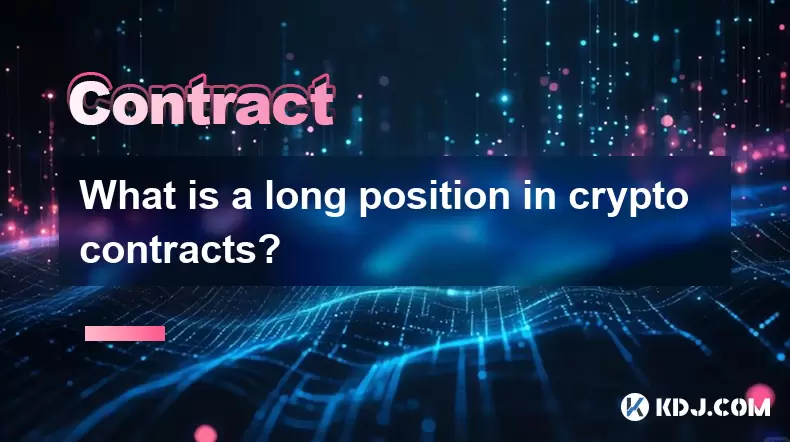
What is a long position in crypto contracts?
Aug 07,2025 at 06:29pm
Understanding the Concept of a Long Position in Crypto ContractsA long position in crypto contracts refers to a trading strategy where a trader buys a...

What triggers a liquidation event on a Coinbase futures position?
Aug 08,2025 at 01:15am
Understanding Futures Contracts on CoinbaseFutures contracts on Coinbase allow traders to speculate on the future price of a cryptocurrency, such as B...

What is a straddle in crypto options trading?
Aug 07,2025 at 11:15pm
Understanding the Basics of a Straddle in Crypto OptionsA straddle is an options trading strategy used when a trader expects significant price movemen...

How is the funding rate calculated for perpetual futures?
Aug 07,2025 at 11:36pm
Understanding the Basics of Perpetual FuturesPerpetual futures are a type of derivative contract that does not have an expiration date, allowing trade...

What programming languages are used for smart contracts?
Aug 07,2025 at 06:07pm
Understanding Smart Contracts and Their Execution EnvironmentSmart contracts are self-executing programs deployed on blockchain networks that automati...

What is a short position in crypto contracts?
Aug 07,2025 at 11:42pm
Understanding the Concept of a Short Position in Crypto ContractsA short position in crypto contracts refers to a trading strategy where a trader prof...

What is a long position in crypto contracts?
Aug 07,2025 at 06:29pm
Understanding the Concept of a Long Position in Crypto ContractsA long position in crypto contracts refers to a trading strategy where a trader buys a...
See all articles

























































































